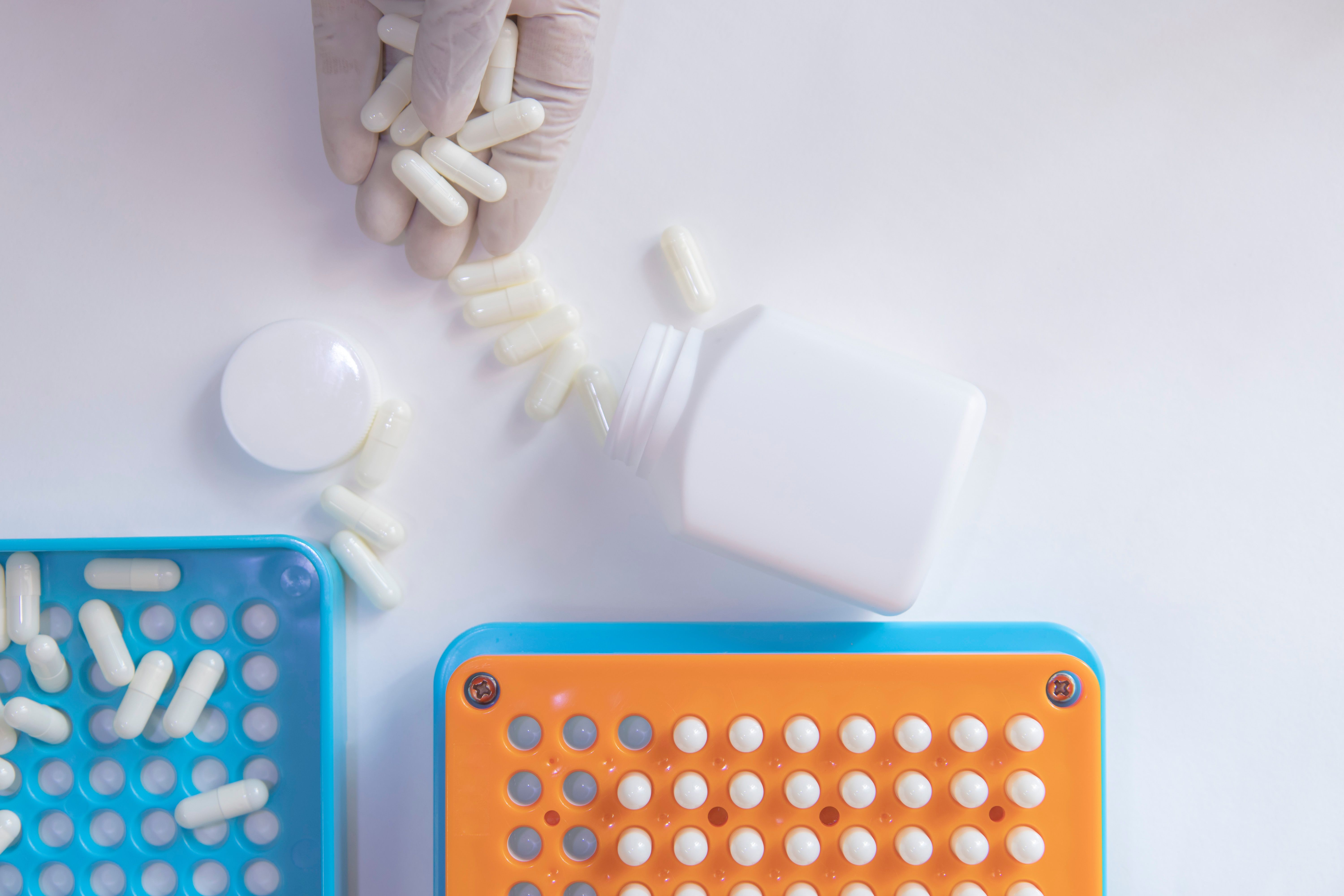
Article
FDA Authorizes First Interoperable Insulin Pump for Customized Diabetes Treatment
Officials with the FDA have permitted marketing of the Tandem Diabetes Care t:Slim X2 insulin pump with interoperable technology (interoperable t:Slim X2) for delivering insulin under the skin for children and adults with diabetes.
Officials with the FDA have permitted marketing of the Tandem Diabetes Care t:Slim X2 insulin pump with interoperable technology (interoperable t:Slim X2) for delivering insulin under the skin for children and adults with diabetes. This new type of insulin pump, referred to as an alternate controller enabled (ACE) infusion pump is the first interoperable pump.
This pump can be used with different components that make up diabetes therapy systems, allowing patients to tailor their diabetes management to their individual device preferences. Diabetes therapy systems may be comprised of an ACE insulin pump and other compatible medical devices, including automated insulin dosing (AID) systems, continuous glucose monitors (CGMs), blood glucose meters or other electronic devices used for diabetes management.
Nearly 10% of individuals in the United States are diagnosed with diabetes, according to the FDA.
“Diabetes is a complicated disease that requires close monitoring and carefully tailored treatments. We’ve heard from the patient community that having the ability to customize their own diabetes management devices is important to them. Advances in digital health make more tailored approaches to diabetes care possible,” said FDA Commissioner Scott Gottlieb, MD, in a prepared statement. “The marketing authorization of the first ACE insulin pump intended for interoperable use has the potential to aid patients who seek more individualized diabetes therapy systems and opens the door for developers of future connected diabetes devices to get other safe and effective products to patients more efficiently.”
The interoperable t:Slim X2 pump works by delivering insulin under the skin at set or variable rates. It can be digitally connected to automatically communicate with and receive drug dosing commands from other diabetes management devices, such as AID systems, or, when not connected to other devices, the interoperable t:Slim X2 pump can be used to infuse insulin on its own. AID systems typically consist of a pump, CGM, and software to control the system.
Prior to market approval, the FDA reviewed interoperable t:Slim X2 pump performance data demonstrating that the device can dose insulin accurately and reliably and at the rates and volumes programmed by the user. The FDA also assessed the ability of the pump to communicate with external devices with appropriate reliability, cybersecurity and fail-safe modes.
Risks associated with use of the interoperable t:Slim X2 pump are similar to other infusion pumps and may include infection, bleeding, pain or skin irritations. Other risks can include blockages and air bubbles in the tubing, which can affect drug delivery. Risks that could result from incorrect drug delivery include low blood glucose, high blood glucose, and a dangerous rate of fat metabolization that may make the blood slightly acidic. Risks associated with connected ACE insulin pumps can include incorrect drug delivery as a result of loss of communication between devices, such as the pump misunderstanding commands it receives, or cybersecurity vulnerabilities.
Insulin pumps to date have either been cleared by the FDA as standalone devices (class II, moderate risk devices) or approved by the FDA as part of a single, predefined diabetes management system (class III, highest-risk devices). Because the interoperable t:Slim X2 insulin pump is interoperable with other diabetes device components, the pump was reviewed through the de novo premarket review pathway, a regulatory pathway for novel, low-to-moderate-risk devices of a new type.
Along with market authorization for the interoperable t:Slim X2 insulin pump, the FDA is establishing criteria outlining requirements for assuring the accuracy, reliability, cybersecurity, and clinical relevance of ACE infusion pumps, as well as describe the type of studies and data required to demonstrate acceptable pump performance. These special controls, when met along with general controls, provide reasonable assurance of safety and effectiveness for devices of this type.
With the authorization of the interoperable t:Slim X2 insulin pump and the establishment of these special controls, the FDA’s action also created a new regulatory classification, which provides more efficient patient access for this type of device in the future, because future ACE insulin pumps that comply with the general and special controls can go through a more efficient premarket review, known as 510(k) clearance. Dr Gottlieb said this new regulatory classification allows future ACE insulin pumps to go through the more efficient 510(k) review process, and helps to advance this innovative technology.
“We’re committed to advancing new ways to accelerate the development of innovations that can improve patient care while strengthening our pre- and post-market tools for determining the safety and effectiveness of these new technologies,” Dr Gottlieb said, in his statement.
Reference
FDA authorizes first interoperable insulin pump intended to allow patients to customize treatment through their individual diabetes management devices [news release]. Silver Spring, MD; February 14, 2019: FDA website. https://www.fda.gov/NewsEvents/Newsroom/PressAnnouncements/ucm631412.htm. Accessed February 14, 2019.
2 Commerce Drive
Cranbury, NJ 08512
All rights reserved.




